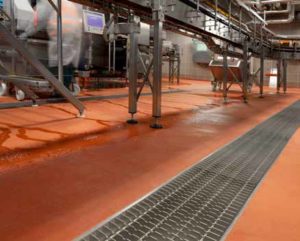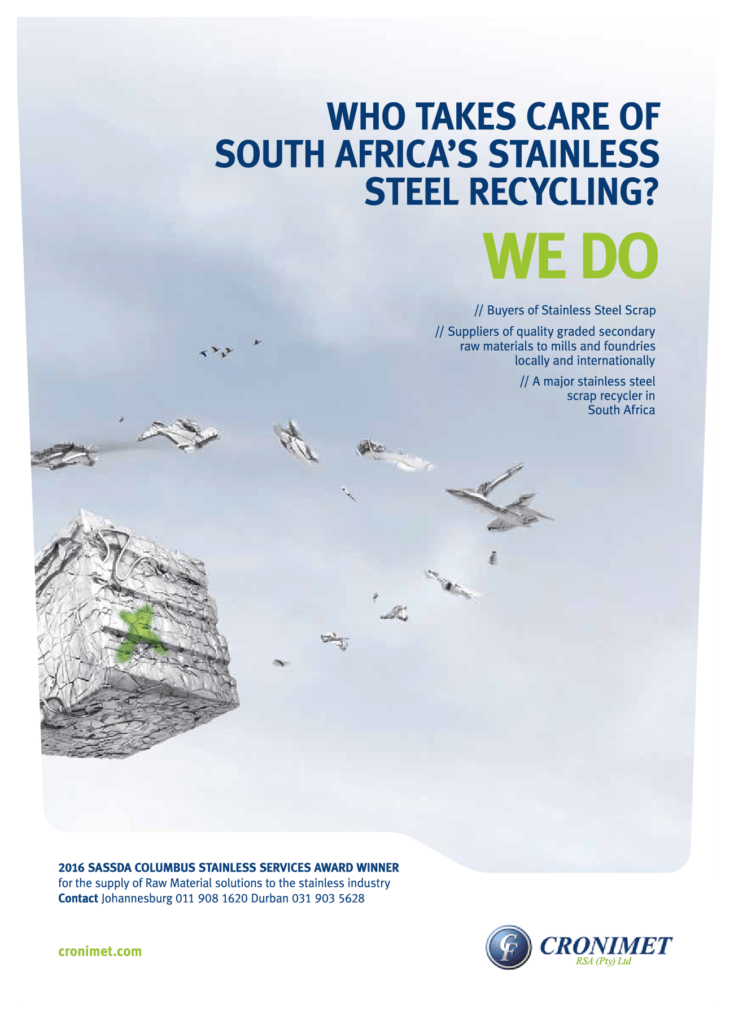Grates & grills are high risk areas of bacterial growth

More often than not, after benchtops, appliances, equipment, cupboards and walls have been cleaned, cleaning water and products are swept or washed into the drainage system via grates and then into the floor gully. Therefore, it is crucial that grates and drain systems are thoroughly cleaned.
In many systems, the design of grates, floor gullies and drainage channels makes them difficult to clean thoroughly. This creates potential sites for the growth of bacteria, which can subsequently spread via foot traffic or washdown spray.
Grates, gullies and channels need to be optimized for performance, safety and “cleanability”.
Ensuring products are completely clean allows for high hygiene levels for food production facilities. Stainless steel offers the best solution for these areas.
The drains primary objective is to remove wastewater, be easily cleaned and subsequently be kept clean. If drainage is designed and installed correctly, it will reduce the bacteria that can harbour in joins, corners or crevices that occur with poor designs, thereby reducing the overall risk of contamination and food spoilage.
Reducing joins and crevices where bacteria can build up; as well as sharp corners which can be difficult for brooms, mops and cleaning fluids to adequately reach and clean is essential. In addition, drainable design ensures residual contaminated wastewater will not pool or stagnate.
When made of stainless steel for corrosion resistance and easy cleaning grates, floor gullies and channels offer easy handling and smooth contours that won’t trap contaminants. In addition, the grates are slip resistant and minimise the risk of workplace injury.
For the most part, the level and frequency of cleaning is determined by the room’s hygienic risk profile. For example, in areas where food preparation is carried out for ready to eat (RTE) foods, the moisture level of the food is high and therefore more likely to encourage bacteria growth.
Regular maintenance and inspection is often overlooked and must be part of the overall cleaning procedure for the floor and drainage system to ensure a safe food preparation environment.


